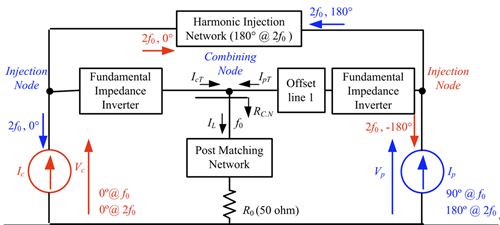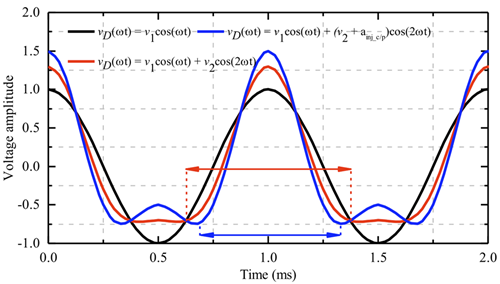Communications & Information Security

Mission Statement
The mission of our Communications & Information Security Research Theme is to lead the advancement of innovative and secure communication technologies. We are dedicated to:
Cutting-Edge Research: We aim to conduct ground-breaking research in future generation digital communication networks, integrating advanced sensing, data privacy and security measures to address the evolving needs of a connected world.
Global Collaboration: We strive to be a leading research hub that fosters international partnerships, uniting experts and innovators to tackle complex challenges and drive technological progress in communication and security.
Real-World Impact: We are dedicated to transforming our research findings into practical solutions that enhance the efficiency and security of communication networks, benefiting industries, businesses, and communities globally.
Through these efforts, our group seeks to pioneer the development of innovative and secure communication infrastructures that empower a versatile, trustworthy and resilient digital future.
Prof. Haibo Hu
Project title: MyGPTShield: Personalized Privacy-Preserving Prompt Service
Description:
Thanks to the booming of AI and cloud computing industry, generative AI has become increasingly popular and fostered new businesses opportunities that are never imaged before. However, there is a barrier for the propellent of generative AI in more business applications. That is, how users’ privacy in the chat prompt can be preserved. In this project, we propose to build a personal privacy-preserving prompt service for AI-powered large language models, such as ChatGPT.
The proposed project will greatly broaden the current landscape of AI industry in Hong Kong. The launching of our MyGPTShield system and platform will not only benefit the end users (i.e., consumers), but also enrich business opportunities for AI driven developers and SMEs who rely on GPT services for their products and services.

Prof. Ivan W.H. Ho
Project title: Prototype of a WiFi Channel State Information-based Passenger Counting System implemented on the upper deck of a KMB bus for real-time occupancy monitoring
Description: There has been growing research interest in using wireless channel state information (CSI) for various wireless sensing applications, such as indoor positioning, human activity recognition, crowd counting, etc., as it can preserve user privacy and easily work with existing wireless infrastructure (e.g., Wi-Fi). The detection performance of CSI-based wireless sensing is also prominent. For example, it was found that CSI-based indoor positioning has the potential of achieving centimeter-level accuracy even with a single anchor point only. This project aims to develop an efficient and robust passenger counting system via the deep learning of CSI data on public transport vehicles.
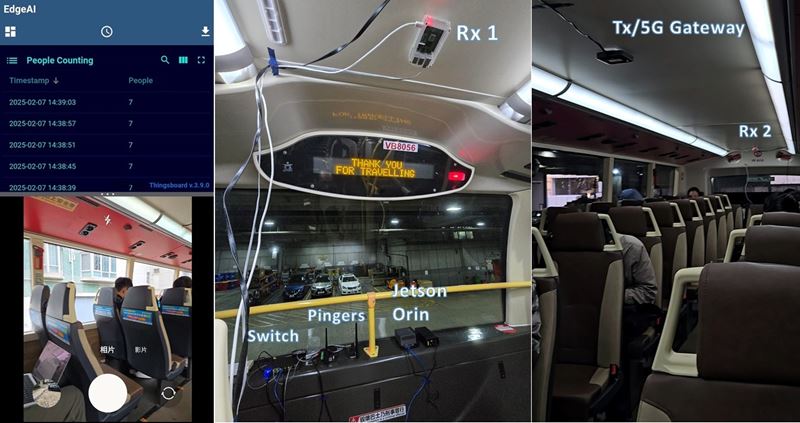
Prof. Francis C.M. Lau
Project title: Design and hardware implementation of ultimate-Shannon-limit-approaching forward-error-correction codes
Description: Under conditions such as deep space communications and quantum key distribution, channel codes with extremely good error correction capability are required. This project aims to design a new type of forward-error-correction codes that can achieve very good error performance even when operating close to the ultimate Shannon limit. The verification of the code performance is further completed with FPGA hardware implementation.
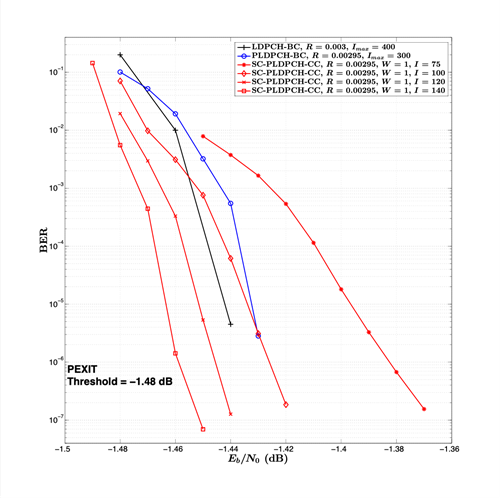
Prof. LIN Wei (藺煒) https://antennahkpolyu.wordpress.com/
We aim to develop advanced antenna and electromagnetics (EM) technologies to pursue a Green Wireless Future. Research focuses include antennas and RF circuits, applied electromagnetics, indoor positioning system, wireless power transfer for IoT system, microwave, millimetre-wave and terahertz devices, and their applications.
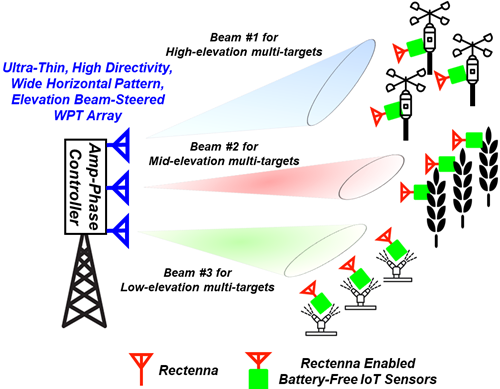

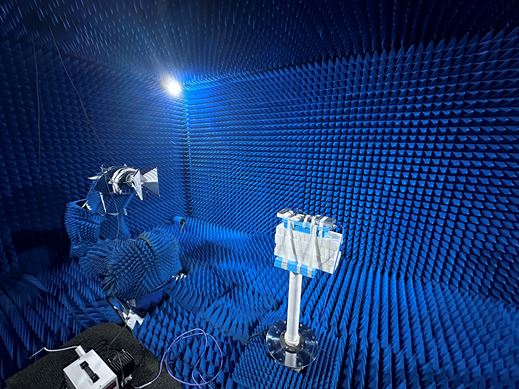
Prof. LIU Wei (https://sites.google.com/site/liuweipage)
Project title: Multi-Target Sensing and Imaging with Multistatic Automotive Radar
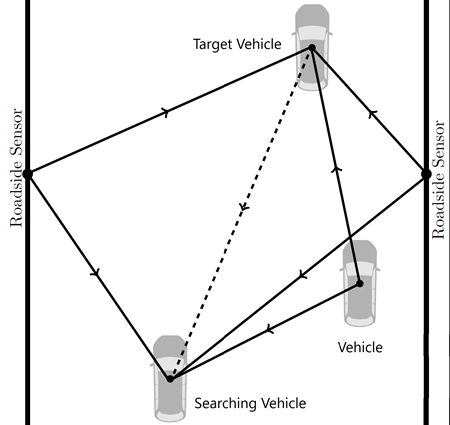
Description: The aim of the project is to develop a multistatic automotive radar sensing/imaging scheme for enhanced performance by exploiting cooperative roadside sensors and communication capabilities of the next-generation wireless systems. A particular focus is to employ a sparsity-based framework for detection and estimation and different sensing structures/geometries will also be considered.
Project title: Localization and Tracking Based on Distributed Sensor Networks

Description: Target localization and tracking based on distributed sensor networks has many applications such as defense and smart transportation. Different aspects of the problem will be studied in this project, such as low-bit-resolution data, magnitude-only measurements, distributed versus centralized processing, traditional approach versus learning-based one, privacy and security for data sharing and processing, etc.
Prof. LIU Liang
Project title: Integrated sensing and communication:
The sixth-generation (6G) cellular network will be commercialized in 2030s. Compared to the previous generations which solely provided communication services, an unprecedentedly new feature in 6G network will be the capacity to perform integrated sensing and communication (ISAC). Specifically, base stations (BSs) in 6G network will emit signals not only to convey information to communication users, but also to sense the environment with ultra-high range/angle resolutions, thanks to the wide bandwidth at mmWave band and the large antenna array brought by massive multiple-input multiple-output (MIMO). Such 6G-enabled ISAC technologies will empower a wide range of applications such as smart transportation and smart factory that require both precise sensing and high-quality communication services.
Dr. Du Minxin
Dr. Minxin Du’s research concentrates on two closely related areas:
1. Differential Privacy for AI & NLP. He devises new theoretical notions of differential privacy and applies them to protect large-language-model training, inference, and other natural-language-processing tasks, aiming to keep sensitive data untraceable while preserving model utility.
2. Applied Cryptography for Privacy-Preserving Machine Learning.
His work includes searchable symmetric encryption (e.g., efficient queries over encrypted graphs) and cryptographic techniques such as secure multi-party computation that enable machine-learning models to operate on encrypted data without revealing it.
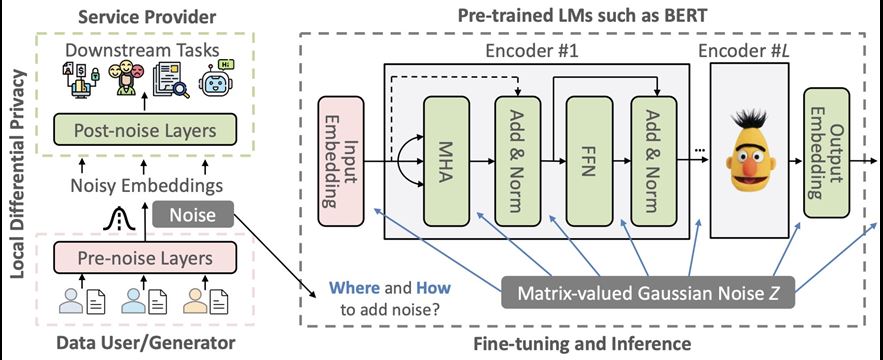
Dr. Zhou Xinyu
Project 1: AI-driven Monolithic Microwave Integrated Circuit Design Based on Wide bandgap Semiconductors
The project proposed an advanced artificial intelligence algorithm for the design of monolithic microwave integrated circuits based on the third-generation gallium nitride semiconductor technologies. The load-pull technique is a primary method used to design and optimize large signal microwave active circuits. e.g., power amplifiers. However, traditional load-pull techniques require manual impedance sweeping and tuning of only one fundamental impedance at a time, with fixed harmonic terminations, thus limiting the achievable high-efficiency PA designs. To address this limitation, a least-squares support vector regression is used in this project to construct the surrogate models based on practical circuit simulation results. A modified Newton's method is then employed to find the optimum terminations. The project aims to enhance the design productivity of integrated circuits for gallium nitride technology, which helps the designer to handle more tasks at the same time. Meanwhile, the outcomes of the project aim to achieve a new PA operating mode for a higher energy utilization ratio in modern wireless communication, which promotes the development of sustainable society.
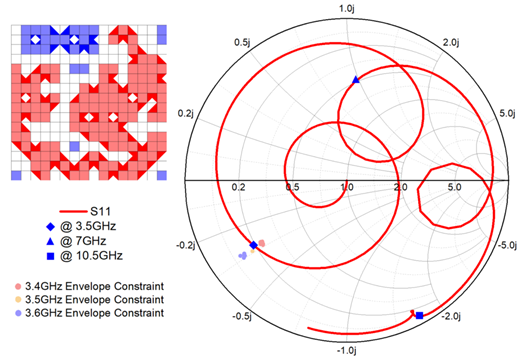
Project 2: Class-injection broadband efficiency enhancement
With the advancement of wireless communication technologies, modulated signals characterized by high peak-to-average power ratios (PAPRs) have become increasingly prevalent, facilitating elevated data transmission speeds. However, this surge in demand presents significant efficiency challenges for the RF front-end in 5G and 6G communications. The proposed project endeavors to introduce an innovative operating mode for power amplifiers—specifically, Class-injection—which transcends the inherent efficiency constraints associated with gallium nitride transistors without compromising other critical performance parameters. Consequently, this approach markedly enhances the power utilization ratio within wireless communication systems. The resultant advancements contribute significantly to the evolution of sustainable low-carbon wireless communications.
